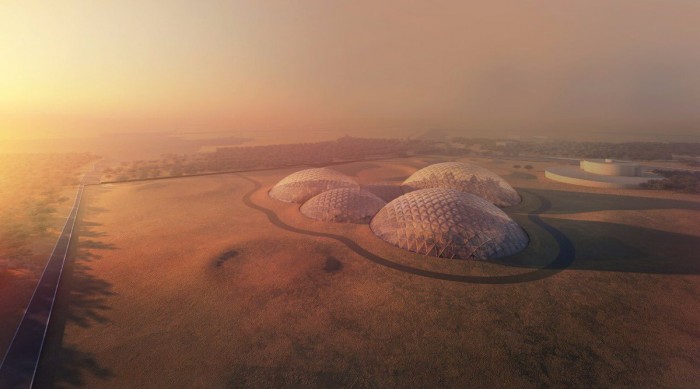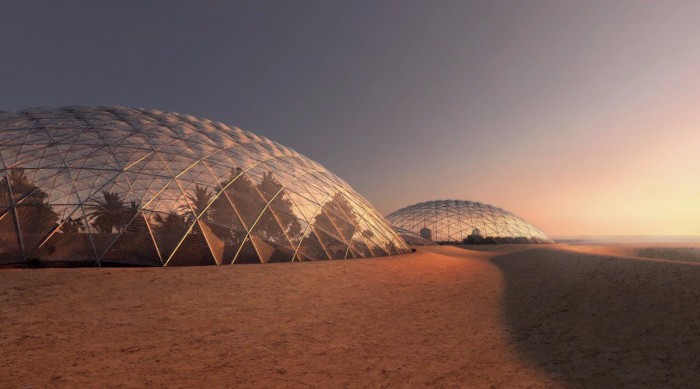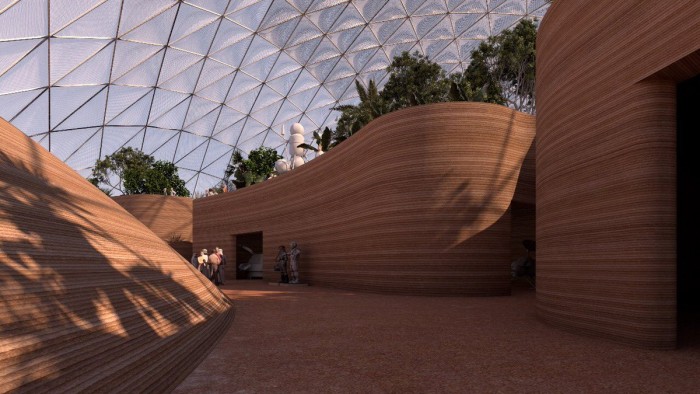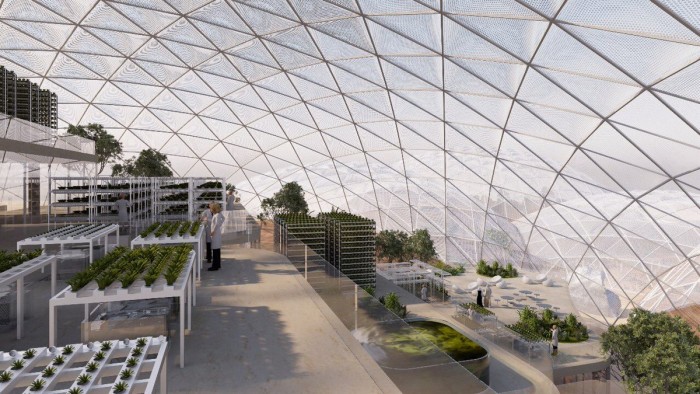The United Arab Emirates recently announced that they are seeking to build the first inhabitable human settlement on Mars by the year 2117.
The development, which will first break ground on Earth, is designed by Danish architect Bjarke Ingels. It will cover nearly 177,000 square meters of the Emirati desert.
The president of the UAE and ruler of Dubai HH Sheikh Mohammed bin Rashid Al Makhtum revealed the blueprint for what will be known as the Mars Science City that will replicate human life on the surface of Mars. The Science City will consist of food and water laboratories, a museum that will display the greatest space achievements by humans and 3D walls made up of sand from the Emirati desert.
“The UAE seeks to establish international efforts to develop technologies that benefit humankind, and that establish the foundation of a better future for more generations to come. We also want to consolidate the passion for leadership in science in the UAE, contributing to improving life on earth and to developing innovative solutions to many of our global challenges,” said Sheikh Mohammed.
“The new project is another step in the UAE’s leading contributions to the global science movement; we seek to set an example and motivation for others to participate, and contribute, to humanity’s march into space".









